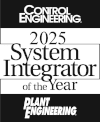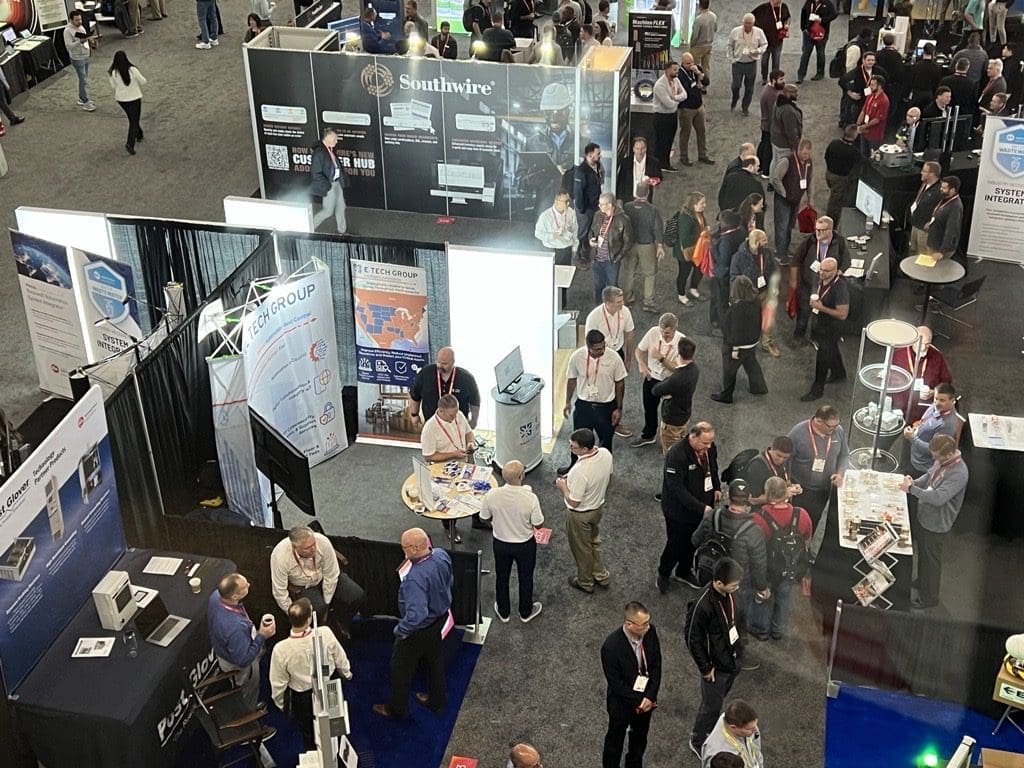Automation PSA: Upgrade your AVEVA PI System!
Just because a product still functions doesn’t mean it couldn’t benefit from an update, especially when we’re talking automation technology and control system integration – fields that are anything but static. The old “If it’s not broken, don’t fix it” philosophy with the AVEVA PI System has proven not only a security risk but also results in the user’s inability to leverage the full functionality of the latest PI Software capabilities, especially where the older versions of the software are installed and presently in use. 6 Reasons to Upgrade to the Latest Versions of AVEVA PI System The AVEVA PI System has evolved considerably over time with a focus on security, customer feedback, and market requirements. With the integration of OSIsoft’s IP, the new capabilities of the AVEVA PI have a lot to offer: 1. Heightened Security By upgrading to the latest versions of the PI Software Suite can help ensure the application of the latest necessary security fixes to the core software, enabling active threat deterrence. In addition, the latest version of the PI software suite enables industries to leverage the most current Windows and network security features while providing access to their users based on current standards, best practices, and industry guidelines. When upgraded, your automation system has reduced potential cyber and internal threats while preserving the integrity of your data in the PI System. 2. AVEVA PI Technical Support AVEVA has transformed its skill set to align with the latest versions of the PI Software. With older versions, one can anticipate delayed response time on “time and data-sensitive” issues due to a lack of on-hand technical expertise and solutions to resolve those technical issues. Furthermore, with changes in user requirements and technological development, many of the current PI tools are either no longer available, supported or are in the … Continued





